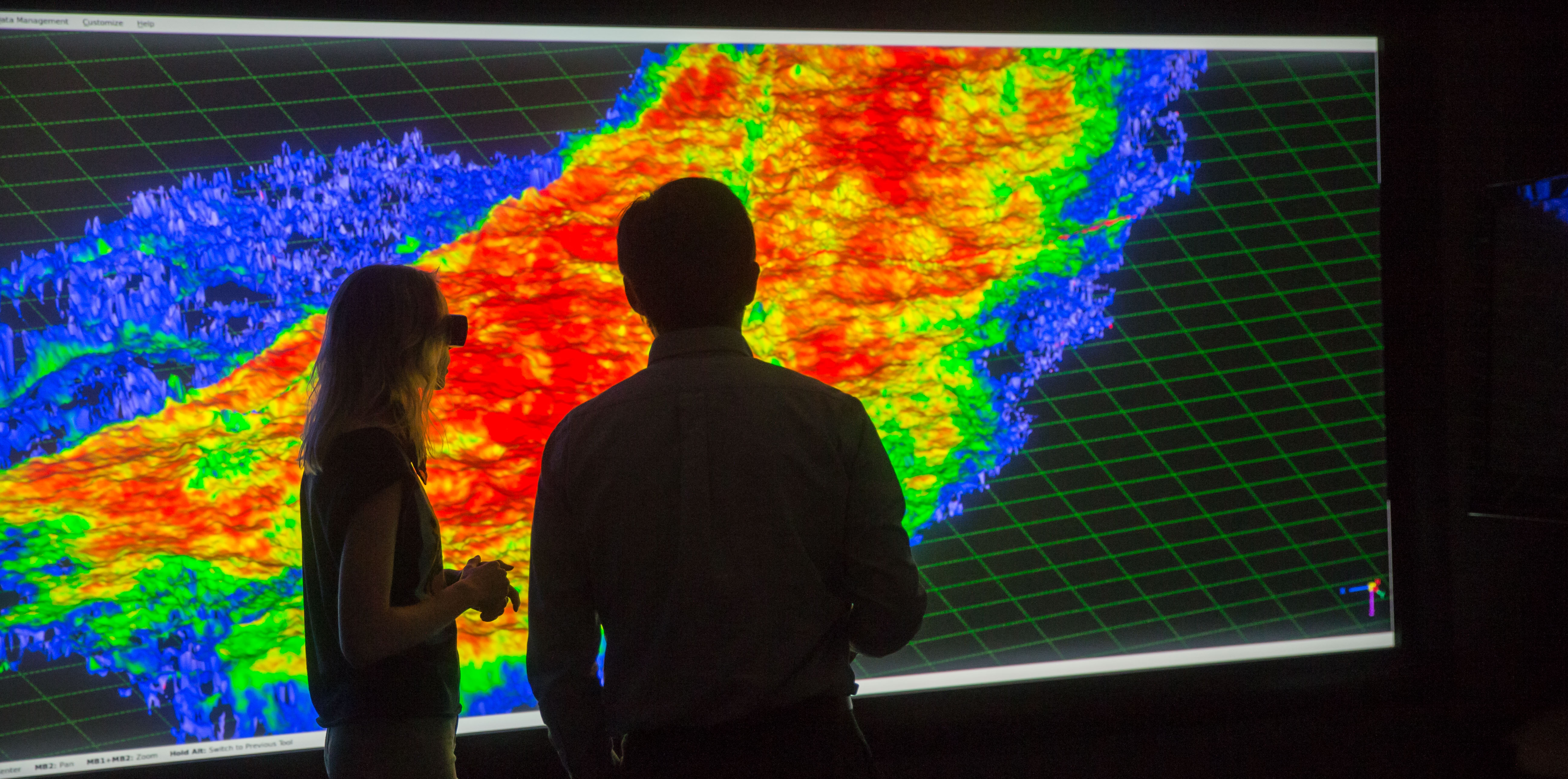IBM and Galp have developed an AI-based advisor to en hance seismic interpretation in the oil and gas exploration area. This cutting-edge tool speeds-up the creation of enhanced geological models and the risk assessment of new prospects, and the optimal placement of new oil wells.
hance seismic interpretation in the oil and gas exploration area. This cutting-edge tool speeds-up the creation of enhanced geological models and the risk assessment of new prospects, and the optimal placement of new oil wells.
As global energy consumption increases and much of the globe still relies on fossil fuels to supply its energy needs, the oil and gas industry is looking to find resources in ever more challenging locations. Advanced analysis and computing are required to find and evaluate hidden sources of fuel. IBM and Galp are helping to solve that.
Through their Brazilian units, Petrogal Brasil and IBM Research-Brazil, Galp and IBM undertook a three-year research project under which they developed a prototype that acts as an advisor to geoscientists in the identification and evaluation of exploration prospects and in the interpretation of seismic images.
The tool has been trained on acquired knowledge, building on Galp’s acquired know-how and previous seismic interpretations and experiences, namely those acquired in the prolific pre-salt Santos basin. It continuously improves its capabilities, learning from interaction with users or from ingestion of more data. AI-based visual comprehension is used to assist geoscientists in sifting through large 3D seismic data sets and quickly identifying geological structures that could bear oil and gas.
The research prototype automates the analysis of technical documents (including notes made by research scientists), provides advice and suggestions on how to interpret subsurface images, and aids in risk assessments. The prototype integrates relevant information from multiple sources, including seismic images, academic papers, notes, and reports. Using AI techniques, it presents suggestions to geoscientists with supporting evidence. This information is built on over time, enabling transfer and retention of knowledge.
This information, easily and instantly accessible, can speed-up the development of professionals’ skills. It also enables a transversal and comparable risk analysis, avoiding individual professional bias and making the information comparable across the board, from one project to another, one geography to another, one decade to another.
Galp’s geoscientists are currently testing the prototype, and additional capabilities are under joint development. It has significantly contributed to the growth of the technical and scientific competencies of both IBM and Galp.
The development of this tool reflects Galp’s focus on continuous innovation, through a partnership with one of the most renowned players in AI.
About Galp
Galp is a publicly held, Portuguese-based energy company, with an international presence. Our activities cover all stages of the energy sector's value chain, from prospection and extraction of oil and natural gas from reservoirs located kilometers under the sea surface, to the development of efficient and environmentally sustainable energy solutions for our customers – whether large industries that seek to increase their competitiveness, or individual consumers that seek the most flexible solutions for their home and mobility needs. We also contribute to the economic development of the 11 countries where we operate and to the social progress of the communities that welcome us. Galp employs 6,389 people.